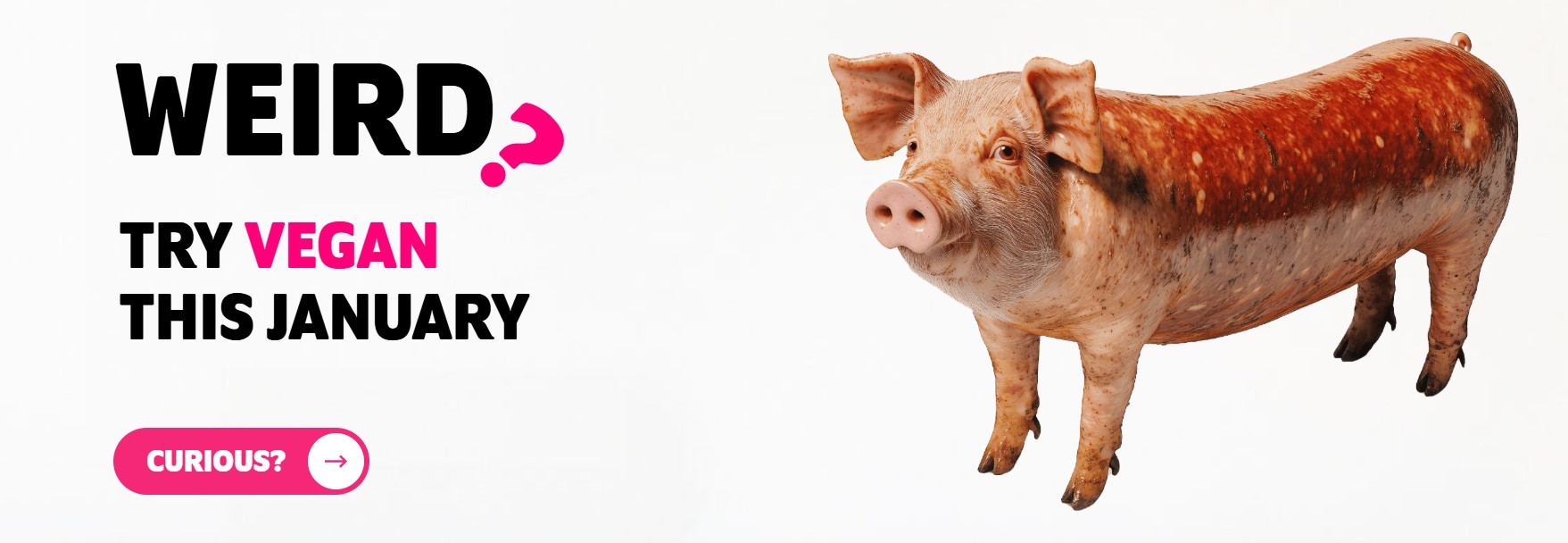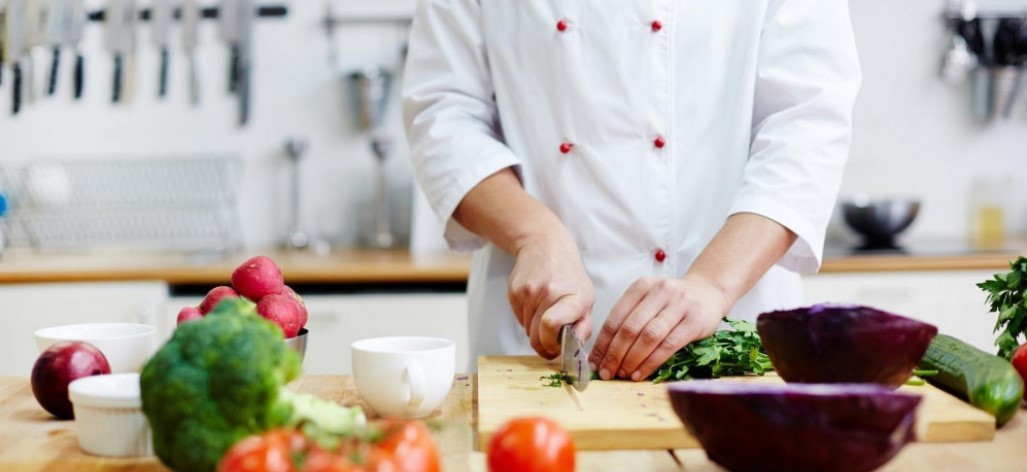
We keep hearing the term CIRCULAR ECONOMY. But what is a circular economy?
A circular economy is an alternative to a traditional linear economy (make, use, dispose of) in which we keep resources in use for as long as possible, extract the maximum value from them while in use, then recover and regenerate products and materials at the end of each service life.
In a circular economy, manufacturers design products to be reusable. For example, electrical devices are designed in such a way that they are easier to repair. Products and raw materials are also reused as much as possible. For example, by recycling plastic into pellets for making new plastic products.
How does a circular economy work?
It entails gradually decoupling economic activity from the consumption of finite resources and designing waste out of the system. Underpinned by a transition to renewable energy sources, the circular model builds economic, natural, and social capital. … Design out waste and pollution. Keep products and materials in use.
What are the benefits of a circular economy?
Moving towards a more circular economy could deliver benefits such as reducing pressure on the environment, improving the security of the supply of raw materials, increasing competitiveness, stimulating innovation, boosting economic growth (an additional 0.5% of gross domestic product), creating jobs…
What are the key elements of circular economy?
Core elements
- PRIORITISE REGENERATIVE RESOURCES. …
- STRETCH THE LIFETIME…
- USE WASTE AS A RESOURCE. …
- RETHINK THE BUSINESS MODEL. …
- TEAM UP TO CREATE JOINT VALUE. …
- DESIGN FOR THE FUTURE. …
- INCORPORATE DIGITAL TECHNOLOGY. …
- STRENGTHEN & ADVANCE KNOWLEDGE.
Looking beyond the current take-make-waste extractive industrial model, a circular economy aims to redefine growth, focusing on positive society-wide benefits. It entails gradually decoupling economic activity from the consumption of finite resources and designing waste out of the system. Underpinned by a transition to renewable energy sources, the circular model builds economic, natural, and social capital. It is based on three principles:
- Design out waste and pollution
- Keep products and materials in use
- Regenerate natural systems
Re-thinking Progress: The Circular Economy
There’s a world of opportunity to rethink and redesign the way we make stuff. ‘Re-Thinking Progress’ explores how through a change in perspective we can re-design the way our economy works – designing products that can be ‘made to be made again’ and powering the system with renewable energy. It questions whether with creativity and innovation we can build a restorative economy.
The concept of a circular economy
In a circular economy, economic activity builds and rebuilds overall system health. The concept recognizes the importance of the economy needing to work effectively at all scales – for large and small businesses, for organisations and individuals, globally and locally.
Transitioning to a circular economy does not only amount to adjustments aimed at reducing the negative impacts of the linear economy. Rather, it represents a systemic shift that builds long-term resilience, generates business and economic opportunities, and provides environmental and societal benefits.
Technical and biological cycles
The model distinguishes between technical and biological cycles. Consumption happens only in biological cycles, where food and biologically-based materials (such as cotton or wood) are designed to feed back into the system through processes like composting and anaerobic digestion. These cycles regenerate living systems, such as soil, which provide renewable resources for the economy. Technical cycles recover and restore products, components, and materials through strategies like reuse, repair, remanufacture or (in the last resort) recycling.
Origins of the concept
The notion of circularity has deep historical and philosophical origins. The idea of feedback, of cycles in real-world systems, is ancient and has echoes in various schools of philosophy. It enjoyed a revival in industrialised countries after World War II when the advent of computer-based studies of non-linear systems unambiguously revealed the complex, interrelated, and therefore unpredictable nature of the world we live in – more akin to metabolism than a machine. With current advances, digital technology has the power to support the transition to a circular economy by radically increasing virtualization, de-materialization, transparency, and feedback-driven intelligence.
Circular economy schools of thought
The circular economy model synthesizes several major schools of thought. They include the functional service economy (performance economy) of Walter Stahel; the Cradle to Cradle design philosophy of William McDonough and Michael Braungart; biomimicry as articulated by Janine Benyus; the industrial ecology of Reid Lifset and Thomas Graedel; natural capitalism by Amory and Hunter Lovins and Paul Hawken; and the blue economy systems approach described by Gunter Pauli.
On EcoMauritius.mu we have a wide selection of products that support the circular economy, with plastic and paper as well as glass collected and used to make new trendy, quality items. We also sell items that are recycled, upcycled, sustainable, organic, natural, and nontoxic – and promote NGOs and businesses that make efforts for the environment too.







